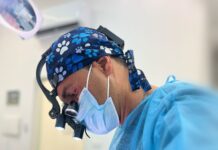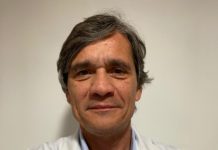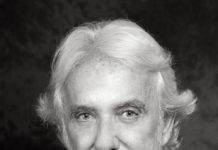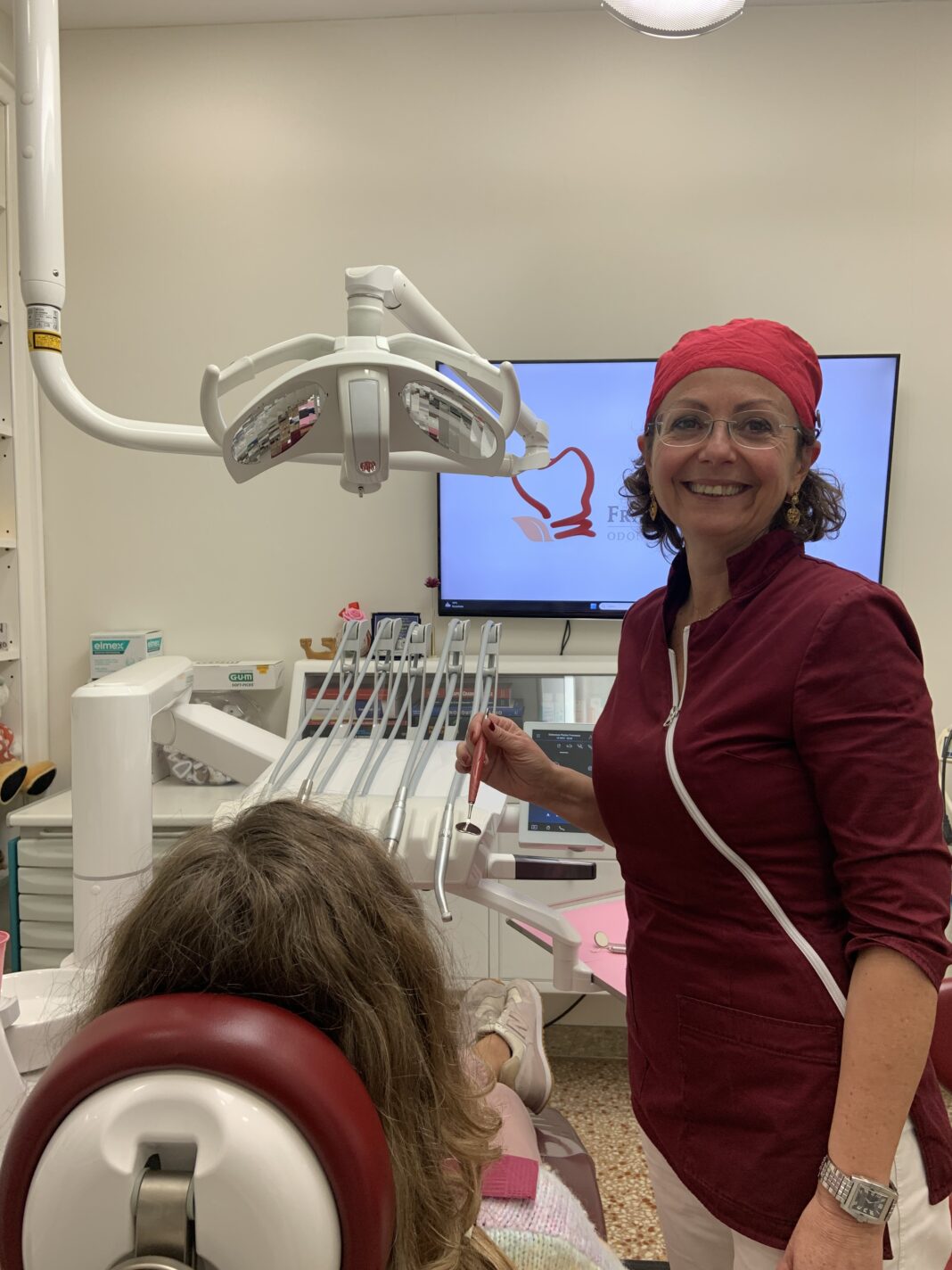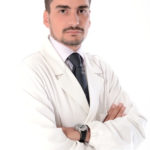A well-known dentist in Rome, Dr Francesca Pedoto has gained significant experience in the field and has become an important national reference. “There is a subtle correlation between the activity of the muscles of the skull and the function of the locus coeruleus, one of the nuclei of the central nervous system,” she asserts emphatically in this lengthy interview, in which she also talks about the correlation between trigeminal activity and Alzheimer’s.
by Roberta Imbimbo
Dr Pedoto, the scientific literature in recent years has progressed so much in the field of dentistry that today we can definitely state that there is a correlation between malocclusion and postural appearance.
An epochal revolution is taking place in dentistry. Today, the oral cavity is no longer seen as the anatomical district that is only suited to the function of food (food intake, chewing, swallowing), but more and more scientific literature shows aspects of incredible importance. Well aware of this, I have always sought a different and innovative approach to orthodontics, not limiting myself to assessing traditional oral pathologies, but pursuing the goal of guaranteeing the patient an optimal balance between chewing efficiency, dental health, smile aesthetics, and postural well-being. The orthodontic and/or gnathological examination, in my practice, involves the use of cameras, foot and eye analysis to assess key postural inputs. I also pay particular attention to the patient’s respiratory condition, which is closely related to the functional activity of the muscles of the oral cavity for the prevention and treatment of Osas (obstructive sleep apnoea). Altered functioning of the muscles of the mouth, and especially of the tongue, can also lead to dental malocclusion and favour the onset of tonic-muscular imbalances, which can in turn be the cause of disorders such as tension muscle headaches, lumbosciatica, muscle contractures, dizziness, poor sleep quality, and frequent colds.
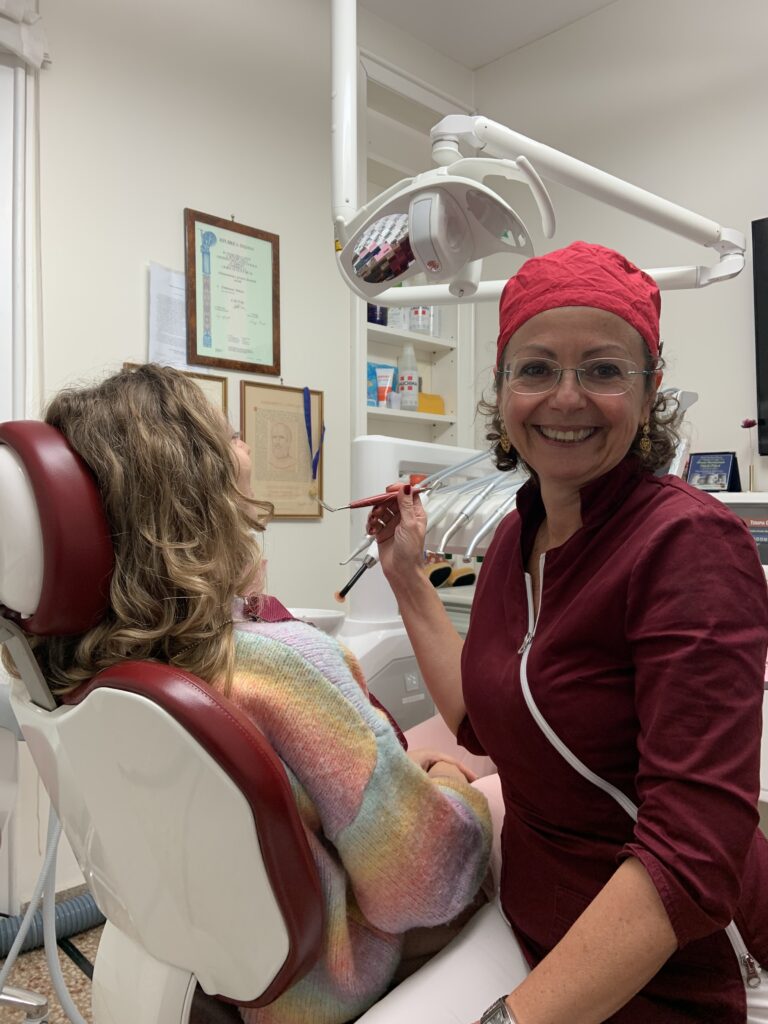
After the oral cavity examination, trigeminal activity should also be assessed. Why?
Trigeminal proprioceptive signals modulate the activity of a particular brainstem nucleus, the locus coeruleus, and lay the foundation for new therapeutic goals. Balanced trigeminal activity may in fact lead to an excessive cerebral accumulation of beta-amyloid protein which, according to some scientific evidence, is responsible for Alzheimer’s disease. In the early stages, this highly disabling progressive disease manifests itself with a gradual loss of memory due to the accumulation in the brain tissue of the beta-amyloid protein, which alters the functioning of the synapses, until it progressively leads to severe cognitive decline due to the degeneration of large areas of the cerebral cortex. This is scientific evidence of fundamental importance that could have considerable therapeutic implications: being able to modulate this protein could, for example, help prevent an insidious disease such as Alzheimer’s and other equally disabling brain disorders. In conclusion, the absence of even a single dental element and incorrect mouth activity linked to malocclusion problems can lead to an excessive accumulation of beta-amyloid that is reversed when balanced muscular activity is restored in full or in part, or when the missing dental elements are restored, while preventing the onset of significant alterations in brain status.








